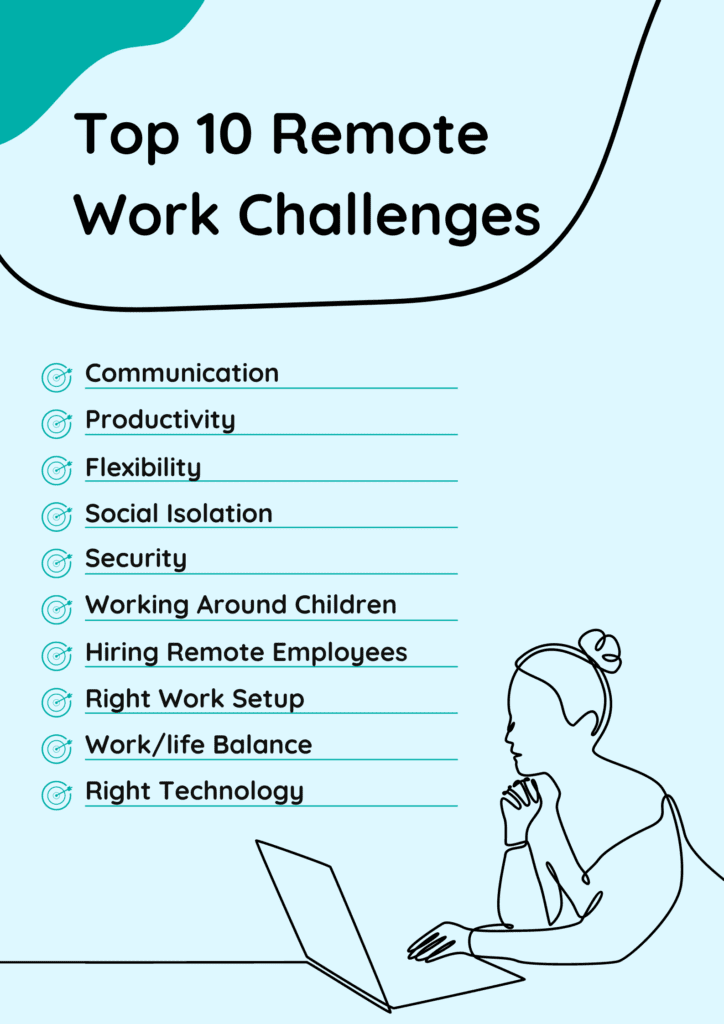Remote Work Productivity: Studies Show Double-Digit Gains and Persistent Managerial Hurdles

The debate surrounding the productivity of remote work continues, with recent discussions highlighting both significant advantages and inherent challenges. A recent social media post by user @ericosiu articulated a common concern, stating, "Everyone likes pushing things off by a week or two. Unless you have a strong pusher in your org who has no problems calling people multiple times a day, in the evenings, and sometimes during holidays, I struggle to see how most remote companies beat in-office environments." This sentiment underscores the perceived difficulties in maintaining accountability and drive in a distributed workforce.
Indeed, a core challenge in remote setups lies in fostering consistent motivation and oversight without traditional in-person interactions. This can lead to issues like procrastination and a perceived lack of urgency, as highlighted in the tweet. Managers often grapple with ensuring team members remain engaged and on schedule, requiring a different approach to leadership and performance management.
However, numerous studies present a more optimistic view on remote work's impact on output. Research from Stanford University indicates that remote workers can be up to 47% more productive, attributing this to factors such as reduced commute times and fewer office distractions. Similarly, a Ctrip study found a 13% performance increase among remote call center employees, citing a quieter work environment and fewer unscheduled breaks as key contributors to enhanced focus.
Conversely, some analyses reveal a more complex picture, particularly for roles requiring high levels of collaboration. A study on high-skilled IT professionals at HCL Technologies observed an 8-19% decline in output per hour, linked to increased meeting times, longer working hours, and reduced focused work. This suggests that while individual deep work may thrive remotely, complex tasks requiring spontaneous interaction and intensive coordination can face hurdles.
The success of remote work often hinges on effective leadership and organizational adaptation. Companies that invest in robust communication tools, provide training for remote management, and clearly define expectations can mitigate potential productivity dips. Transparent goal-setting and a culture of trust are crucial in empowering remote teams, shifting the focus from physical presence to measurable outcomes.
Ultimately, the productivity landscape of remote work is not uniform, varying significantly based on industry, job type, and organizational culture. While it offers substantial benefits in terms of flexibility and employee satisfaction, it also necessitates proactive strategies to address challenges related to accountability, seamless collaboration, and preventing burnout. The evolving workplace continues to seek a balance that leverages the advantages of remote work while overcoming its inherent complexities.